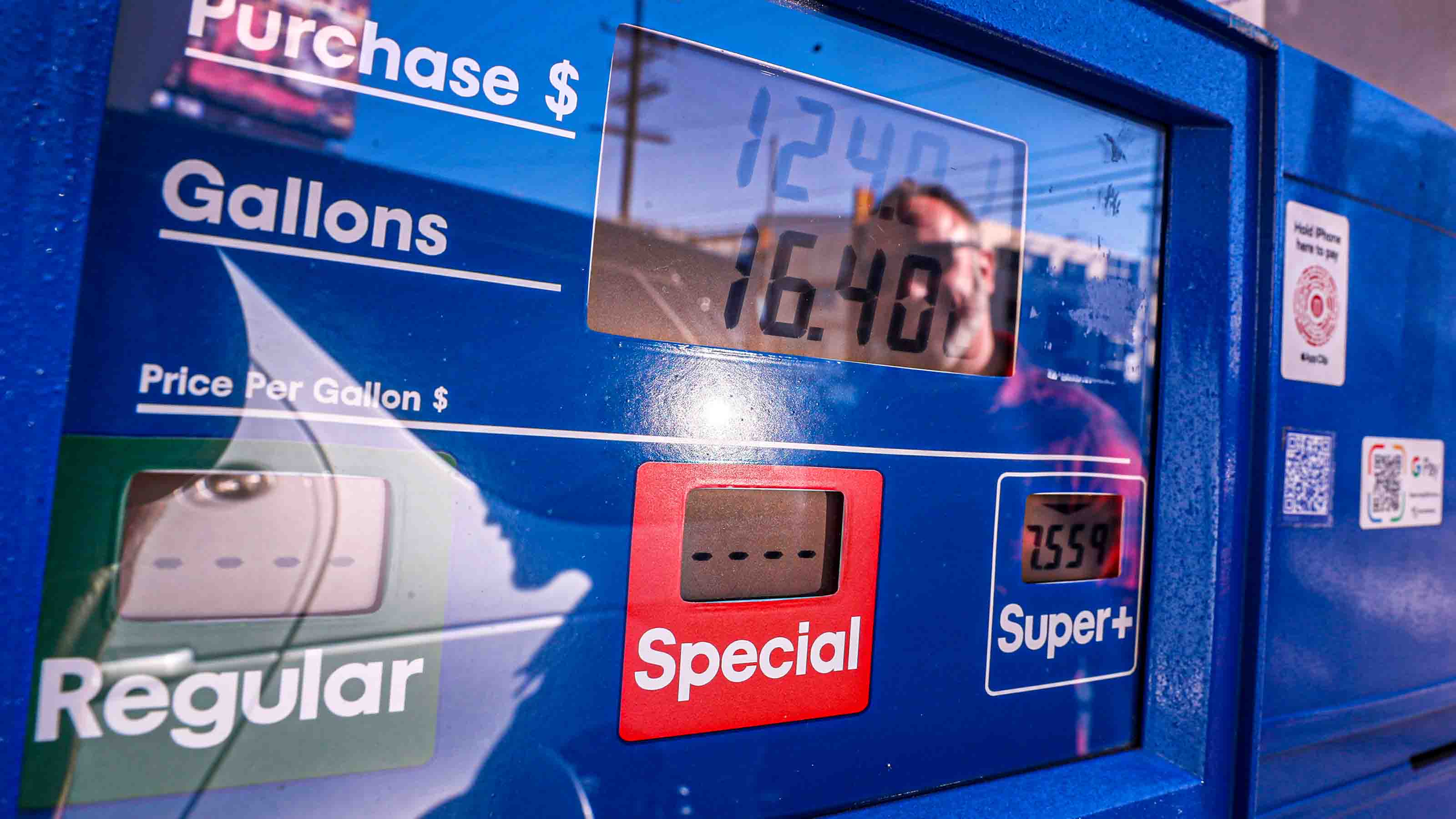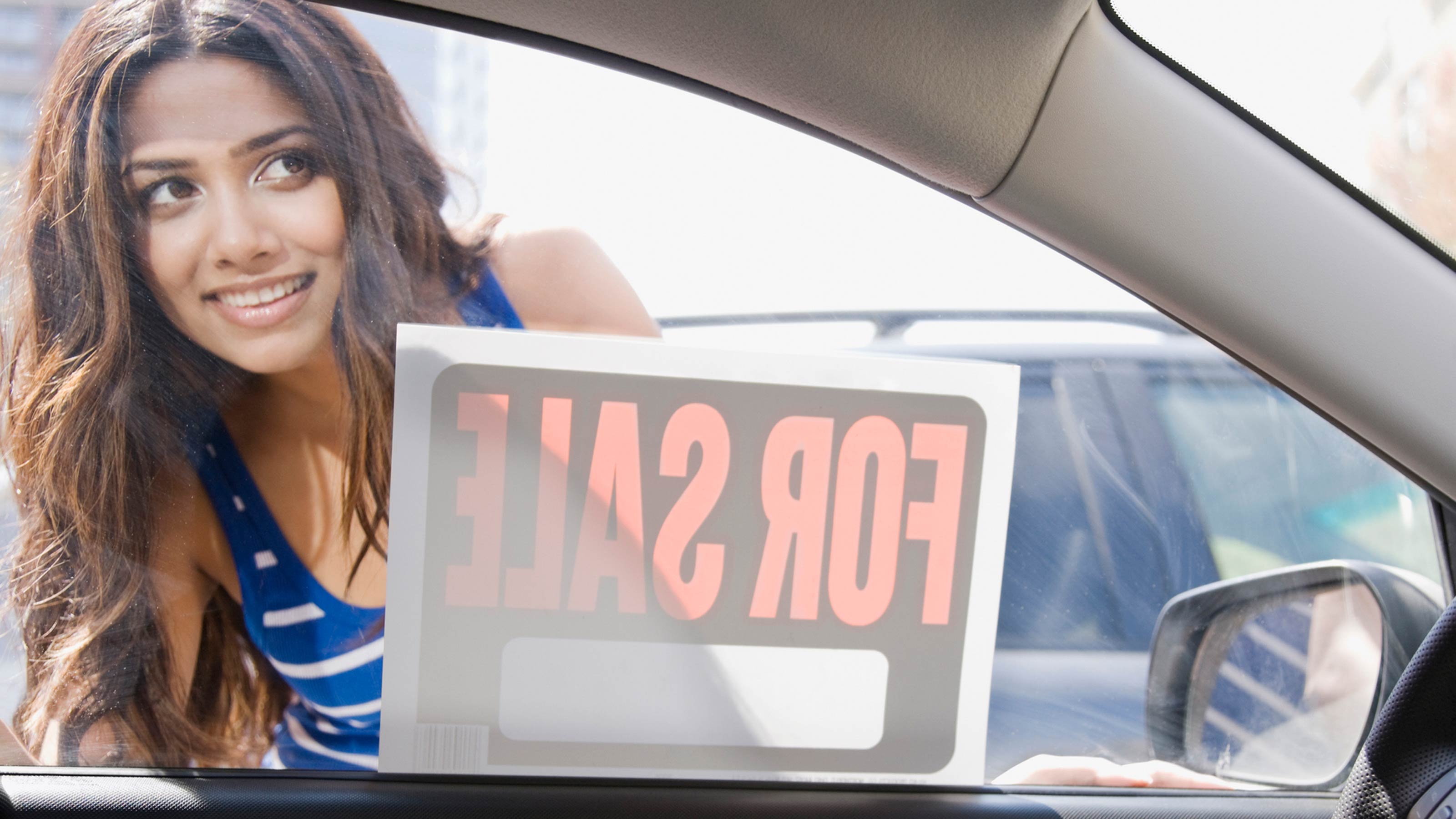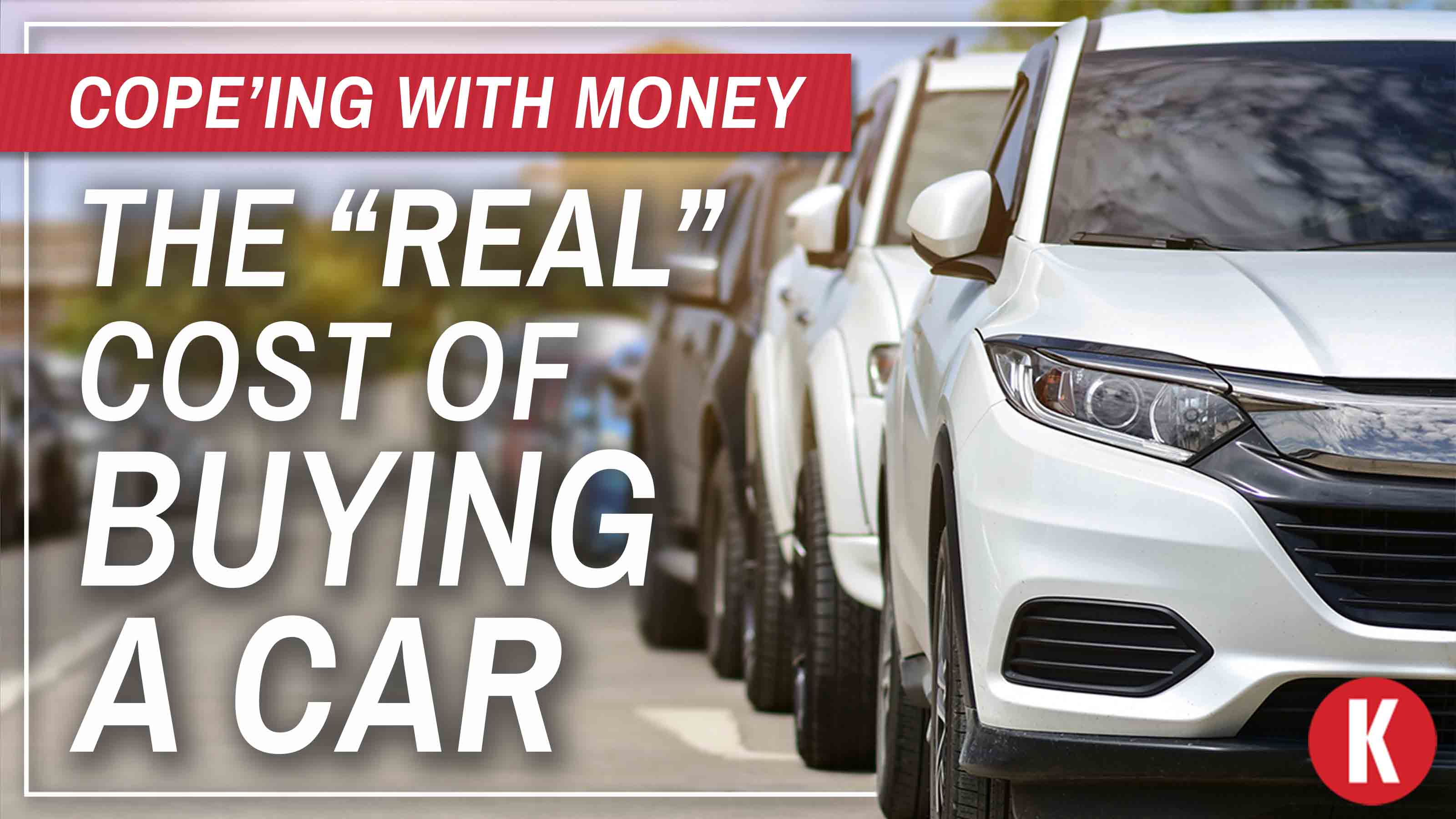Secrets of Selling a Used Car
Find out what tricks dealers and car buffs use to help you get top dollar for your vehicle.

Selling a used vehicle is easier than ever, thanks to the Internet. Just post an ad and wait for the calls.
Just one problem: Thanks to the Internet, buyers are smarter, too. So to get a good price, you need to have an edge over the thousands of others selling similar vehicles.
Think like a dealer. If you’re getting rid of an old car because you are in the market for a new one, trading in your car to a dealer is the route of least resistance -- but it’s not the path to the best price. In fact, you can get $1,000 to $2,000 more, on average, by selling the car yourself.

Sign up for Kiplinger’s Free E-Newsletters
Profit and prosper with the best of expert advice on investing, taxes, retirement, personal finance and more - straight to your e-mail.
Profit and prosper with the best of expert advice - straight to your e-mail.
Part of the reason is that when you go to a dealer, you’re introducing a middleman who needs to cover costs (such as paperwork, transporting the vehicle to auction or reconditioning the car to sell it themselves). And let’s face it: Dealers are experts at the haggling game.
Also, dealers have a few tricks up their sleeves. They know that even a clunker can look like a cream puff when it’s cleaned up.
A detailing that includes vacuuming the interior, cleaning the seats, a wash and a wax will run about $50. Shining up older tires is cheap -- $5 to $10 -- and helps increase curb appeal. Dealers also steam clean the engine, polish chrome surfaces and even use Armor All on the plastic tubing, says Phil Reed, of Edmunds.com. That can give buyers a sense confidence in the care of your car when they look under the hood.
Besides the spit-and-polish, make sure your vehicle is clear of all your stuff -- look in the CD player, seatback pockets, under seats and in the trunk. Verify that the spare tire is there (if it comes with one) and that all jacks and tools are accounted for.
Fix the little things. If your car needs major work, that’s another story. But a burned-out brake light or ratty floor mats may leave a buyer wondering what else you haven’t fixed.
Instead of waving a red flag to potential buyers, invest in the car to get more money. A brake light could cost as little as $20 to repair, and carpeted floor mats from AutoZone run just $25 for four mats.
Reed advises most sellers not to put a lot of money into sprucing up their vehicle. But if you think fixing a small dent could make a big difference in how much you get for the car, consider a paintless dent-repair service, such as 1-800-Dent-Doc. Its technicians massage out dents without damaging the paint for as little as $75 per dent
Research what it’s worth.Kelley Blue Book, NADA Guides and Edmunds have calculators to determine a used car’s value. Enter the make, model and trim, plus mileage, options and condition, to get an accurate price
“You don’t have to take a dealer’s word for what it’s worth anymore,” says Mark Scott, of AutoTrader.com. If you get a lowball offer from a buyer or dealer, just show the printouts.
Post a killer ad. Pepper the Internet with your ads. Using AutoTrader.com ($20 to $80 per ad, depending on how long it runs and the number of photos), Craigslist, your local newspaper’s site and even Facebook, you’ll increase the chances that the right buyer will find your car.
Take as many pictures as you can, including exterior shots from several angles as well as interior ones to show detail. Highlight improvements, such as a new stereo system and speakers, as well as any flaws, such as a dent in the door.
Document, document, document. If you have records of repairs and maintenance, make them available to buyers. You can even scan them and turn them into a .pdf file that you can e-mail to potential buyers.
Get a CarFax vehicle history report ($35) to show how many owners the vehicle has had and whether it has been in any accidents. Offering a report free to buyers should persuade them that you’re being honest -- and it’s one less thing for them to do.
For higher-priced vehicles, consider getting an inspection from a firm such as Alliance Inspection Management ($129). You’ll be able to document whether the car is free of defects, or at least know what needs fixing before you market it.
For a luxury vehicle or sports car, consider getting an engine-oil analysis. Once reserved for airplane and boat sales, an oil analysis can determine whether any components are breaking down due to hard driving. It sounds high-tech but costs just $20 to $30. (Of course, if the results show you have been guilty of hard driving, you have no obligation to tell buyers about the report.)
Be flexible. Buyers will always try to haggle down the price, so you may want to list the vehicle for a little more than your bottom-line price. The better informed you are -- from the price guides and from ads for similar vehicles -- the more confident you will be rejecting lowball offers.
You can ride with prospective buyers when they test-drive your car, but smart buyers will probably want to take the car to a mechanic for an inspection. Generally, the buyer will arrive by car, so you have that as proof they will return, says Reed. You can ask for a driver’s license to photocopy or perhaps a credit card to hold. But if you have any doubts, he says, don’t let him take the car.
Your safest bet is to meet buyers at the mechanic’s shop with the car, rather than accepting a deposit of some kind, says Scott. A credit card can be canceled, and taking the keys of the buyer’s car may just ensure he has traded up.
Get Kiplinger Today newsletter — free
Profit and prosper with the best of Kiplinger's advice on investing, taxes, retirement, personal finance and much more. Delivered daily. Enter your email in the box and click Sign Me Up.

-
 The AI Doctor Coming to Read Your Test Results
The AI Doctor Coming to Read Your Test ResultsThe Kiplinger Letter There’s big opportunity for AI tools that analyze CAT scans, MRIs and other medical images. But there are also big challenges that human clinicians and tech companies will have to overcome.
By John Miley Published
-
 The Best Places for LGBTQ People to Retire Abroad
The Best Places for LGBTQ People to Retire AbroadLGBTQ people can safely retire abroad, but they must know a country’s laws and level of support — going beyond the usual retirement considerations.
By Drew Limsky Published
-
 Gas-Saving Tips That Actually Work
Gas-Saving Tips That Actually WorkThese are gas-saving tips that will actually work for you and your car this year.
By David Muhlbaum Last updated
-
 Want to Lease an EV? The Tax Credit 'Loophole' for That Could Go Away Soon
Want to Lease an EV? The Tax Credit 'Loophole' for That Could Go Away SoonTax Credits If you are deciding whether to lease or buy a car, here's what you need to know about the EV lease tax credit.
By Kelley R. Taylor Last updated
-
 Car Buying in a Topsy-Turvy Market
Car Buying in a Topsy-Turvy MarketYou need a new car? Good luck with that! What should you do? We've got some answers.
By Katherine Reynolds Lewis Last updated
-
 Watch Out for Flood-Damaged Cars from Hurricane Ian
Watch Out for Flood-Damaged Cars from Hurricane IanBuying & Leasing a Car In the wake of Hurricane Ian, more flood-damaged cars may hit the market. Car prices may rise further because of increased demand as well.
By Bob Niedt Last updated
-
 Car Buyers: The 3-Day Grace Period Is Just a Myth!
Car Buyers: The 3-Day Grace Period Is Just a Myth!Buying & Leasing a Car Many car buyers think they have three days after making a purchase to return a car. Here’s where they’re going wrong, and what they should do instead to get a decent used car.
By H. Dennis Beaver, Esq. Published
-
 PODCAST: Car-Buying in an Inflated Market with Jenni Newman
PODCAST: Car-Buying in an Inflated Market with Jenni NewmanBuying & Leasing a Car With cars both scarce and expensive these days, what to do if you want – or need – a new ride? Car-buying strategist Jenni Newman of Cars.com shares some tips. Also, more on the magical 9% savings bond.
By David Muhlbaum Published
-
 The "Real" Cost of Buying a Car
The "Real" Cost of Buying a CarFeature Atlanta Falcons linebacker and Kiplinger contributing editor Brandon Copeland illustrates how car prices are far more than meets the eye.
By Brandon Copeland Published
-
 How to Get a Car Deal in This Market
How to Get a Car Deal in This MarketBuying & Leasing a Car Low inventories mean it’s hard to haggle on price, but you can still negotiate on financing when shopping for a new or used car.
By Rivan V. Stinson Published